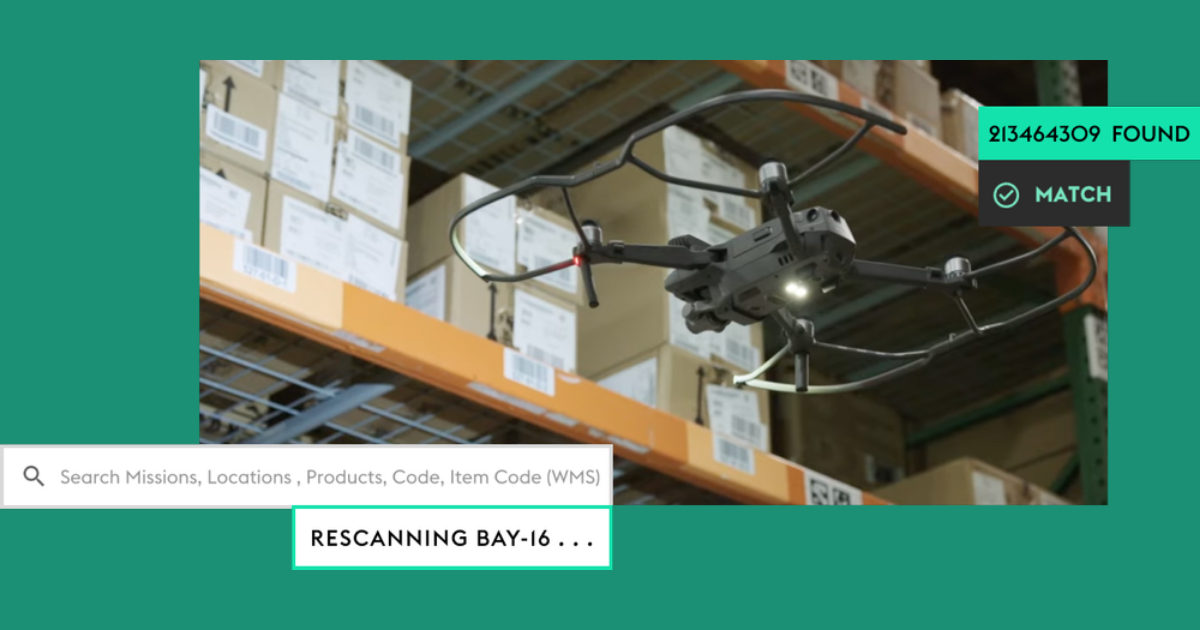
Last week at the IoT Evolution Expo, Rick Conklin, CTO, Dispersive Networks, weighed in on the potential of programmable networking to enhance the security and efficiency of IoT and Industrial IoT implementations, including those leveraging blockchain.
Conklin spoke at the first annual blockchain education and certification event, along with other tech leaders, focusing his talk on what blockchain can bring to network operations and optimization, while also sharing how the next generation of networks that are spun-up to operate over the public Internet create a better fit for distributed blockchain systems.
He shared cases for blockchain in smart city & smart region deployments including the smart grid and microgrids, an area where Dispersive has been innovating and implementing for several years and whose customers include grid operators and participants in different ISO regions in the United States.
We caught up with Conklin after the event, to learn more about his vision for future networking and what makes Dispersive a “disruptive force” as the technology challenges status quo, legacy connectivity technologies.
“I was attracted to join Dispersive several years ago, after working on a project with them and learning about how differently their software defined networking platform works, compared to traditional IP networks,” Conklin said. “Legacy protocols find a single path through the network, then stay on that single path even if there are errors, congestion or degraded conditions, or even the presence of an adversary. There’s a better way to provision, manage and secure networks, and Dispersive proved this in trials and implementations for some of the most demanding organizations in the world.”
Conklin explained that network security, performance, ease of deployment, high availability and massive scalability are not optimized when legacy protocols, which are not mesh-aware, are used. “Typically, with VPNs, there are trade-offs and performance problems. For example, if you have a VPN concentrator at a site, you have a vulnerability – this is a known point where enemies will attack. As far as deployment concerns, VPNs don’t automatically interop with firewalls, network address tables, and more, and this creates complexity and risk.”
Legacy networks are hard to deploy, Conklin said, citing the example of needing to connect new IPV6 devices to IPV4 servers.
“Our approach provides state of the art security, including software defined perimeters,” he said. “We manage identity and microsegment the network and make it easy to deploy, and when it comes to even more massive networks with a greater variety of endpoints and devices – all which need to be secured – we have to think differently today than we did a few years ago.”
Conklin explained that the biggest difference is in the way the technology splits traffic. “This allows us to utilize all the available bandwidth if there are multiple sources available to a local gateway or device, or multiple paths through a mesh network architecture if there’s only one physical connection.
“Other technologies load balance across multiple paths and devices through a mesh network; what we do is fundamentally split up the traffic on an individual flow basis and then steer that traffic across all the bandwidth available to us, at the local device and through multiple paths through the core of the network,” he said.
Steering vs. Routing Traffic
“Because of the way we’ve engineered the product, we talk about steering traffic versus routing it,” Conklin said. “We’re an overlay network, bandwidth and network agnostic, so we can influence steering and the path that an individual packet will take through the network without having to interop with the specific routing protocols. The carriers don’t want you to change their provisioning or routing, so we’re ideal in that our software dynamically steers and optimizes flows and monitors traffic in real time for performance and security reasons. We have a configuration plane, control plane and data plane and all three of those are authenticating in real time, which means we can respond in real time.”
When it comes to IoT, IIoT and blockchain, Conklin said, “We’ve seen incredible solutions at this conference, that have the potential to create huge value. A lot of companies are focused on creating value in products, services, business workflows and optimizations but aren’t focused on how the data will be secured, and how they’ll do so while implementing blockchain. How are you going to secure all these devices? It’s a big challenge, and it requires better software and networking technologies.”
Conklin noted that the number of devices will outnumber the number of people on the planet by an order of magnitude soon. “You need a secure system, easy to operate, supporting a high availability architecture, that is massively scalable and easy to provision monitor and troubleshoot in real time. It is a tall order, but it is precisely why we build the way we build. We can take the headache away from securing data in motion and securing IoT, blockchain and any distributed communications system.”
Arti Loftus is an experienced Information Technology specialist with a demonstrated history of working in the research, writing, and editing industry with many published articles under her belt.Edited by
Ken Briodagh





